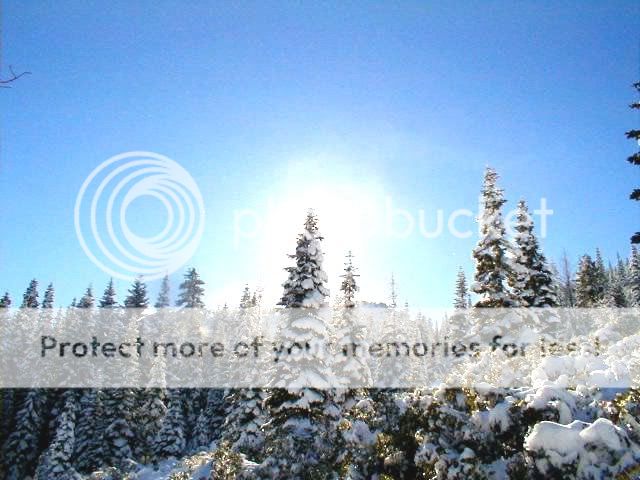rmonte4812
NAXJA Forum User
- Location
- Chandler AZ
Hi There, im going to be installing a new bigger transmission cool and was wonder if I should bypass where it goes in to the radiator. I live in Phoenix AZ so cold weather isn't an issue. Just wondering what peoples thoughts are on this. The jeep has 32's and Ill be starting to tow a small trailer in the future
Thanks eace:
eace:
Thanks


